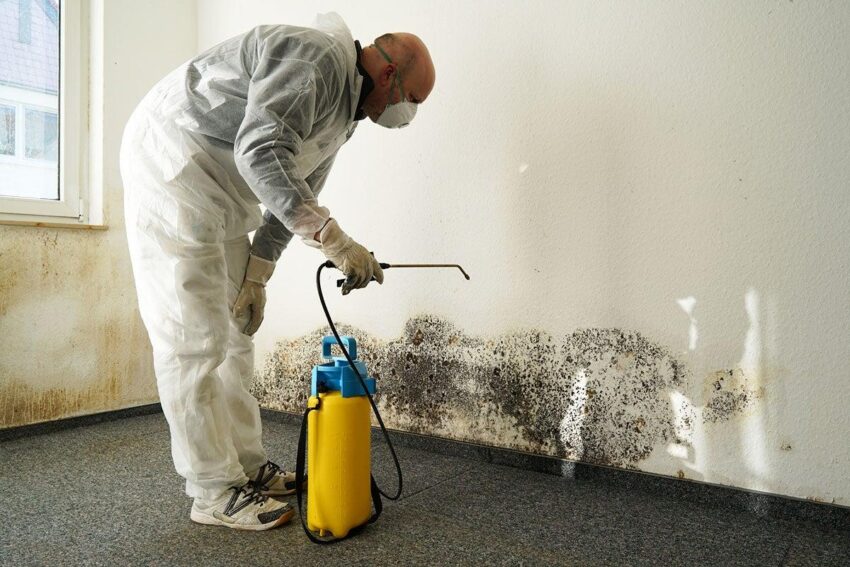Mold grows on almost all materials. Mold needs moisture to grow (a relative humidity of 80% is already sufficient) and nutrients, e.g. in the form of dust, cellulose or other deposits. As a professional offering mold removal services in Toronto explains, mold not only grows visibly, but also hidden, e.g. behind wallpaper. With porous materials (e.g. plaster, wood-based materials), mold growth can also take place in the material. Mold is a term for the growth of mold, yeast and/or bacteria. Mold growth is often accompanied by bacteria. If you want to learn more about mold growth at your home, continue reading.
Why Mold Grow at Our Home?
As mentioned earlier, the decisive factor for the development of mold is always a sufficiently high relative humidity. The longer the moisture is on the surfaces or in the materials, the higher the risk of infestation. The relative humidity shows the percentage of the maximum moisture content. When air cools on a cold surface, absolute humidity remains the same up to the dew point, but relative humidity increases as the maximum possible water content decreases. As a result, the air becomes relatively more humid and, if necessary, a critical humidity level is exceeded that allows mold growth.
Avoid Mold Growth
Mold grows indoors at any temperature. Humidity is always the key to mold growth. If the relative humidity remains below 80%, even in critical areas (e.g. in cooler outside corners), in most cases no mold will grow. Care should be taken to ensure that the relative indoor humidity is well below 50% at all times when the outside temperature is below 10°C. In everyday life, moisture is created when using the home through cooking, showering, drying laundry, indoor plants, aquariums, breathing or sweating after sporting activity. In order to avoid mold infestation, it is necessary to heat and ventilate the living space sufficiently. Due to the reduction in heating to save energy that was decreed in the current energy price crisis, particular attention must be paid to adequate ventilation.
Reduction of Moisture Release
The different rooms in an apartment are heated to a greater or lesser extent and different amounts of moisture are released. A four-person household releases around one bucket of water per day by showering, sleeping and cooking. In the following, possibilities are shown that contribute to reducing the humidity and thus to avoiding mold growth. Here, we will just explain about one place that mold growth happens more: bathroom.
Bathroom
– Keep doors to neighboring rooms closed when bathing/showering/washing
– Remove moisture from surfaces after bathing/showering/washing (pull or wipe away water from grout and tiles)
– Ventilate the high level of humidity that is released to the outside over a short distance (intermittent ventilation)
– If there is no window: check the function of the technical ventilation (fan) and clean/replace the filter regularly
– Do not leave any dripping wet textiles in the room, wring out washcloths and towels
– Dry the shower curtains, avoid textile curtains
– Avoid potted plants in damp rooms
